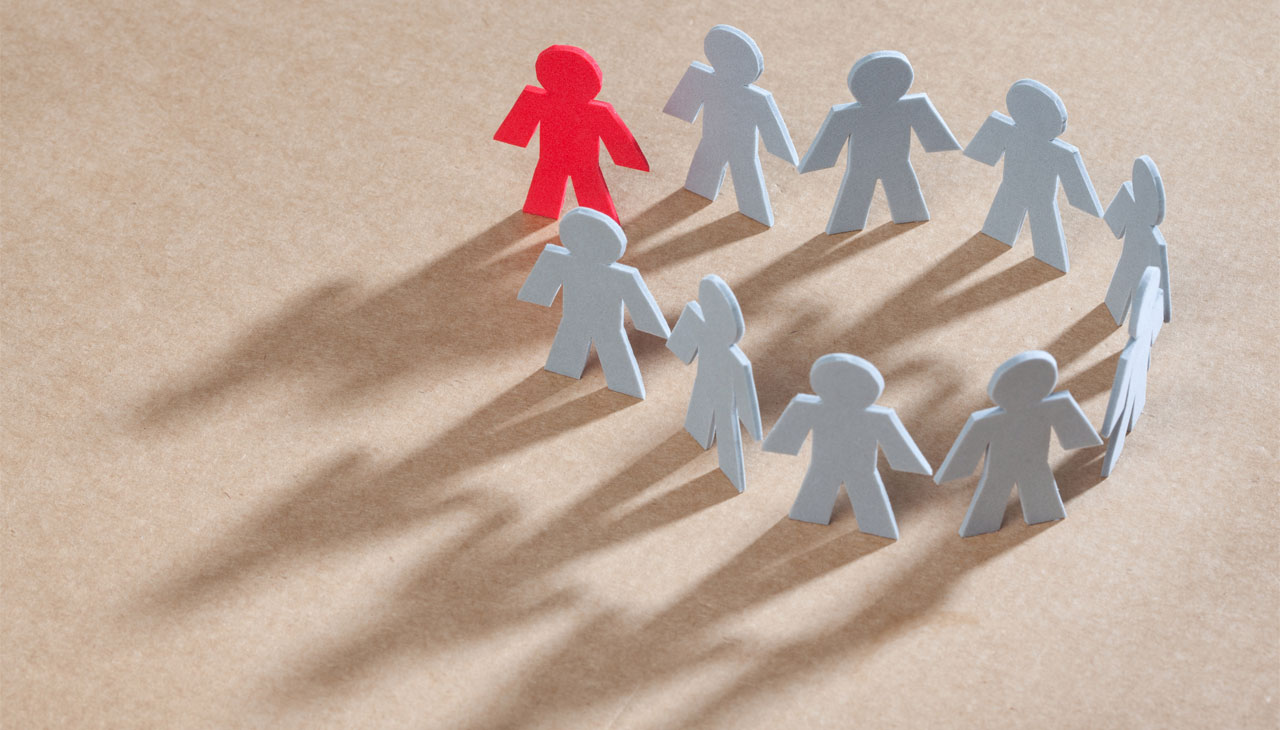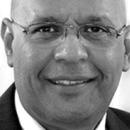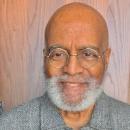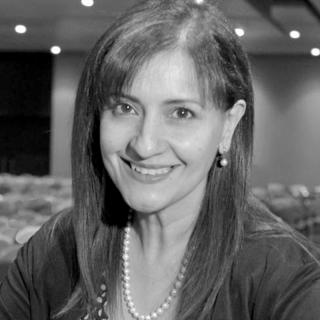
The Dimension of Diversity and Inclusion | OP-ED
MORE IN THIS SECTION
It is difficult to imagine today’s world without thinking about diversity and multiculturalism, unless we have fallen behind in segregationist ideologies. Fortunately, in recent years we have strengthened our vision of the world as a society, making it more inclusive and aware of the value of difference.
Even if we look at those closest to us, the United States and Latin America are perceived as diverse spaces with multiple colors. In addition to the vindication of women, indigenous people and African-Americans, there is progress in the struggle for equality for people with disabilities and LGBTIQ+ communities, among others. Awareness is growing regarding the immense value of elders in building better societies.
People with disabilities excluded from the education system, lower salaries for women, displaced people from regions with uncertain working conditions and rejection by the inhabitants of the areas to which they migrate show the painful x-ray of the world reality, because from words to deeds we still have a long way to go to close the gaps.
According to the Unesco report “Global Monitoring Education 2020: Inclusion and Education: All, without Exception”, there are 1.7 million children in 142 countries outside the education system and the pandemic has excluded them even more from educational opportunities.
Education and work are the thermometers of this reality. In the United States, for example, there is still clear discrimination in the classroom, which prevents Latinos from achieving the importance they deserve if we recognize that their impact on development has been definitive.
There is a wall in the minds of many people, which puts a brake on these expressions of inclusion. But, I recognize that we have lost, at least, the fear to discuss it and there are broad sectors that defend not only diversity, but the effective inclusion.
And from Mexico to Argentina, indigenous communities and Afro-descendant peoples are gaining space, still exposed to poverty and inequality, but with a voice that is increasingly being heard. The same can be said of the LGTBIQ+ community, with an increasingly larger space, with more solidarity towards their struggles for equality and with a high incidence in different spheres.
Here I digress to celebrate the recognition that the Colombian School of Rehabilitation (ECR, in Spanish Escuela Colombiana de Rehabilitación), a higher education institution that I have the privilege of directing, is receiving these days in Colombia: It is the first of its kind to receive Friendly Biz certification, based on the effective adjustment of its processes and policies to be more inclusive. We have moved from words to deeds. But the effort is still insufficient, because this recognition undoubtedly brings with it a greater challenge. It means to maintain without excuses the vision of recognizing what the country is, what it needs and to see the diversity of its people as an opportunity to grow and contribute to a better society.
This recognition encourages us to invite the education sector in the region to understand diversity and inclusion as an integral whole that cannot be renounced in order to generate a significant reduction of the gap that should not exist. It also ratifies that education continues to be a factor for change.
(*) Doctor in Pedagogy. Rector of the Colombian School of Rehabilitation (ECR). [email protected]








LEAVE A COMMENT:
Join the discussion! Leave a comment.